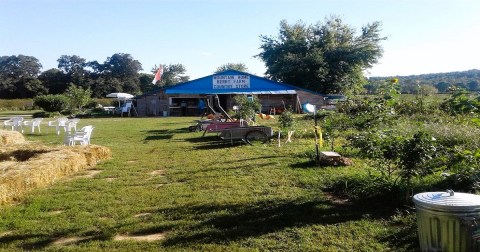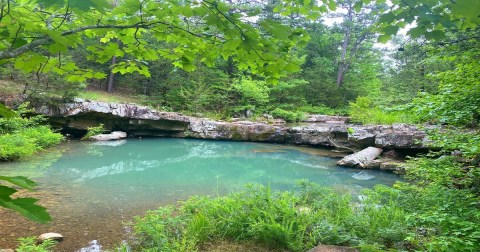Watch Your Step, More Rattlesnakes Are Emerging From Their Dens Around Arkansas
It’s not all butterflies and sunshine during springtime in Arkansas. Along with tornadoes, another not-so-beloved aspect of the season is emerging snakes. The rattlesnakes (and other species) are out and about so let’s look where we step to learn more!
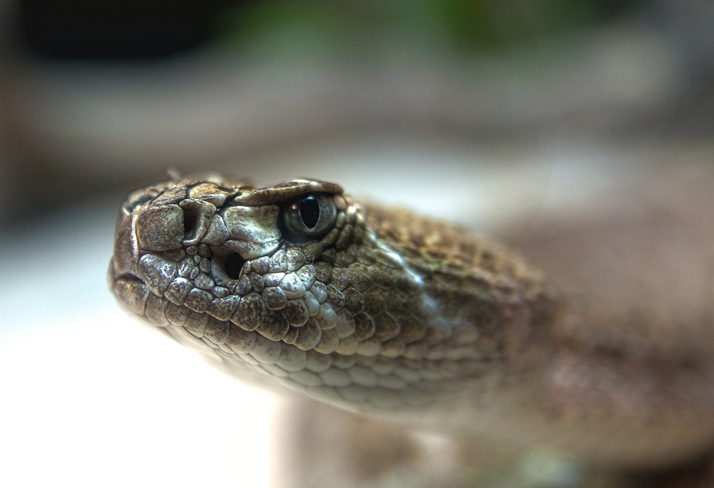
The Natural State has 36 native species of snakes, including a few rattle varieties. Six of the 36 are venomous: the western diamondback rattlesnake, timber rattlesnake, and western pigmy rattlesnake, along with copperheads, cottonmouths, and Texas corals.
Although they don't technically hibernate, snakes are coming out of "brumation." This period during the wintertime is when snakes lower their body temperature and slow their metabolism, making them less active.
Although they don't technically hibernate, snakes are coming out of "brumation." This period during the wintertime is when snakes lower their body temperature and slow their metabolism, making them less active.
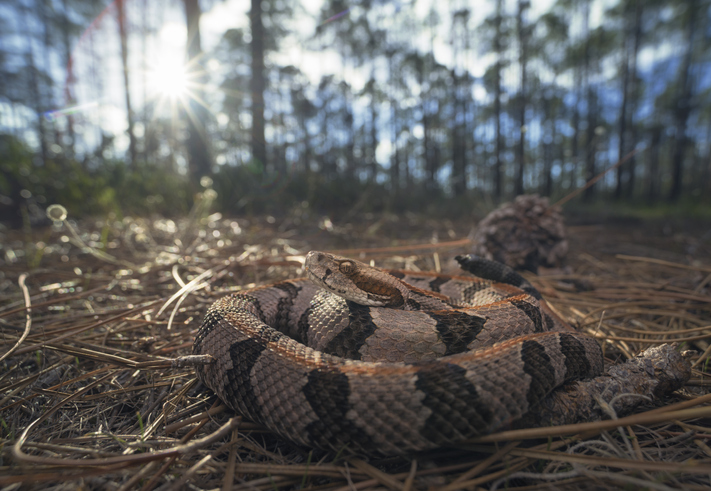
Venomous snakes play a vital role on both sides of the food chain. They keep rodent populations in check while also providing a food source for predatory birds.
Advertisement

It's important to note that snakes want to be left alone. Unfortunately that can be difficult when they're invisibly sitting alongside a trail. This is all the more reason to watch where you step!
Advertisement
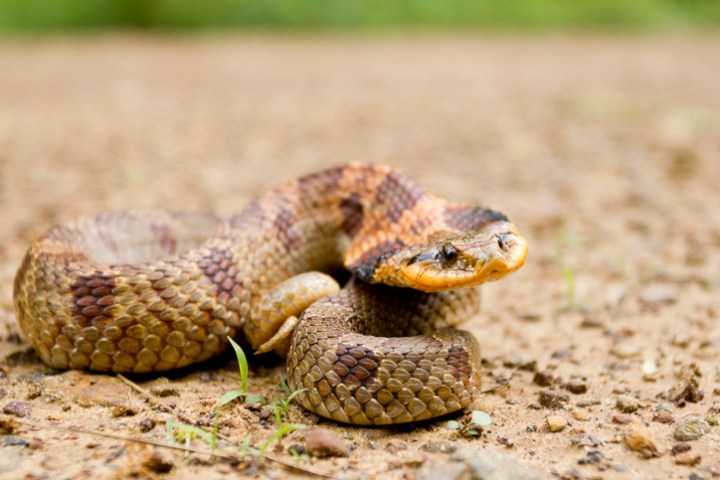
How can you tell the difference between rattlesnakes and say a eastern hognose like this guy pictured? Aside from the rattles on the end of their tails, rattlesnakes have broad triangular heads and narrow necks, one row of scales from the vent to the tip of the tail (as opposed to non-venomous snakes, who possess 2 rows of scales), and vertical and elliptical pupils (instead round pupils).
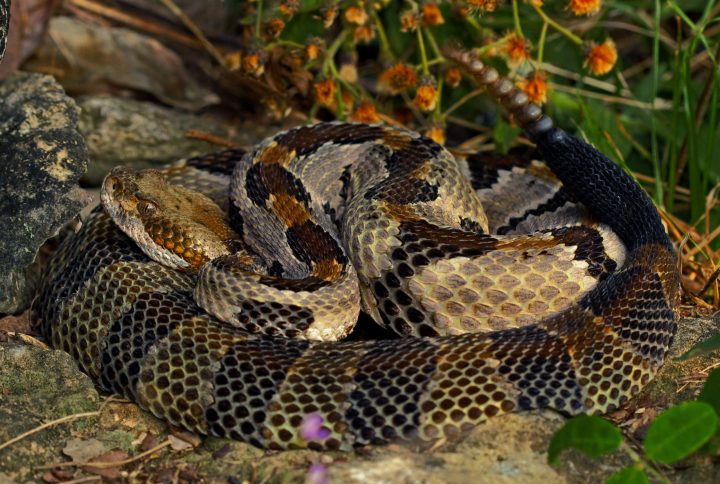
The best way to avoid rattlesnakes (and other species) is to be aware of your surroundings. Never blindly jump over logs or turn over rocks. It's also helpful to have hiking boots instead of low-cut tennis shoes (which Arkansans should already know because of ticks).
In accordance with the Arkansas Game and Fish Commission wildlife code, all native snake species are protected. Unless they "pose reasonable threat or endangerment to persons or property," it is illegal to kill any native snake species in Arkansas. More information about encountering snakes in the state can be found here.
In accordance with the Arkansas Game and Fish Commission wildlife code, all native snake species are protected. Unless they "pose reasonable threat or endangerment to persons or property," it is illegal to kill any native snake species in Arkansas. More information about encountering snakes in the state can be found here.
Have you come across any springtime slitherers yet? You can share your snake snap to our Facebook group, Arkansas Nature Lovers. You should join for your chance to be featured and to discover why there’s nothing better than Arkansas’ stunning nature. Yes, even the creepy bits!
OnlyInYourState may earn compensation through affiliate links in this article. As an Amazon Associate, we earn from qualifying purchases.
Featured Addresses
Arkansas, USA


